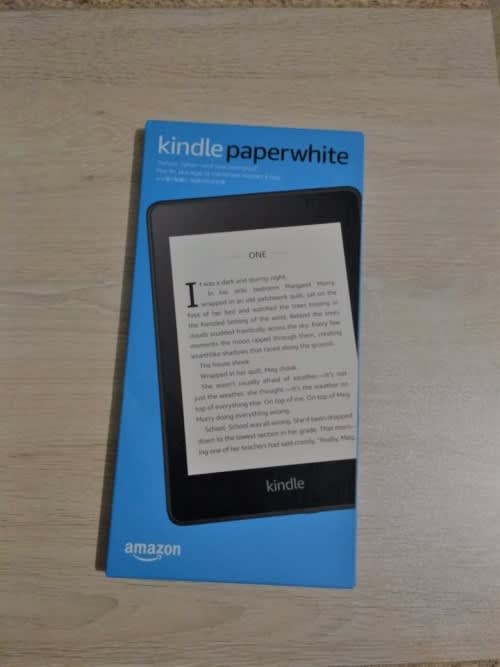

How much space do other Kindle documents take up? We've therefore used the usable space in the sums above. The Kindle system itself takes up about 2GB, so if you buy an 8GB ereader you're actually getting about 6GB usable space, and if you pick up the 32GB model you're looking at about 30GB space.

If you've looked at how many ebooks fit on a certain storage space of ereader, and are scratching your heads thinking 'the math there doesn't add up' - you're actually correct.

Obviously you won't be downloading the same title 20,000 times, but it gives a sense of how many books you can get at one time. In short, there's plenty of space for thousands, if not tens of thousands, of books. The table above should give you some sense as to how many ebooks fit on a Kindle.

If you are still unsure as to which Kindle you own, Amazon highlights the distinguishing features for all of their Kindle devices here.A single gigabyte, or GB, equals a million kilobytes, or KB. The Kindle 7th Generation has twice the storage of the previous model and now features a 1 Ghz processor, making it 20% faster as well. This leads to reduced glare in sunlight, as well as extended battery life, but does not lend well to reading in the dark. Instead, the Kindle 7th Generation uses e-paper technology that reflects light instead of projecting it. While many upper-tier models released by Amazon support a backlit display, this model does not. The displays of the different Kindle models generally set them apart. The back also now says "Amazon" instead of the "Kindle" found on previous models. The Kindle 7th Generation can be identified by the model number, WP63GW, found on the back of the Kindle. The Kindle 7th Generation was released by Amazon in October 2014 as newest model of their base e-reader and the first base model Kindle to support full touchscreen technology.


 0 kommentar(er)
0 kommentar(er)
